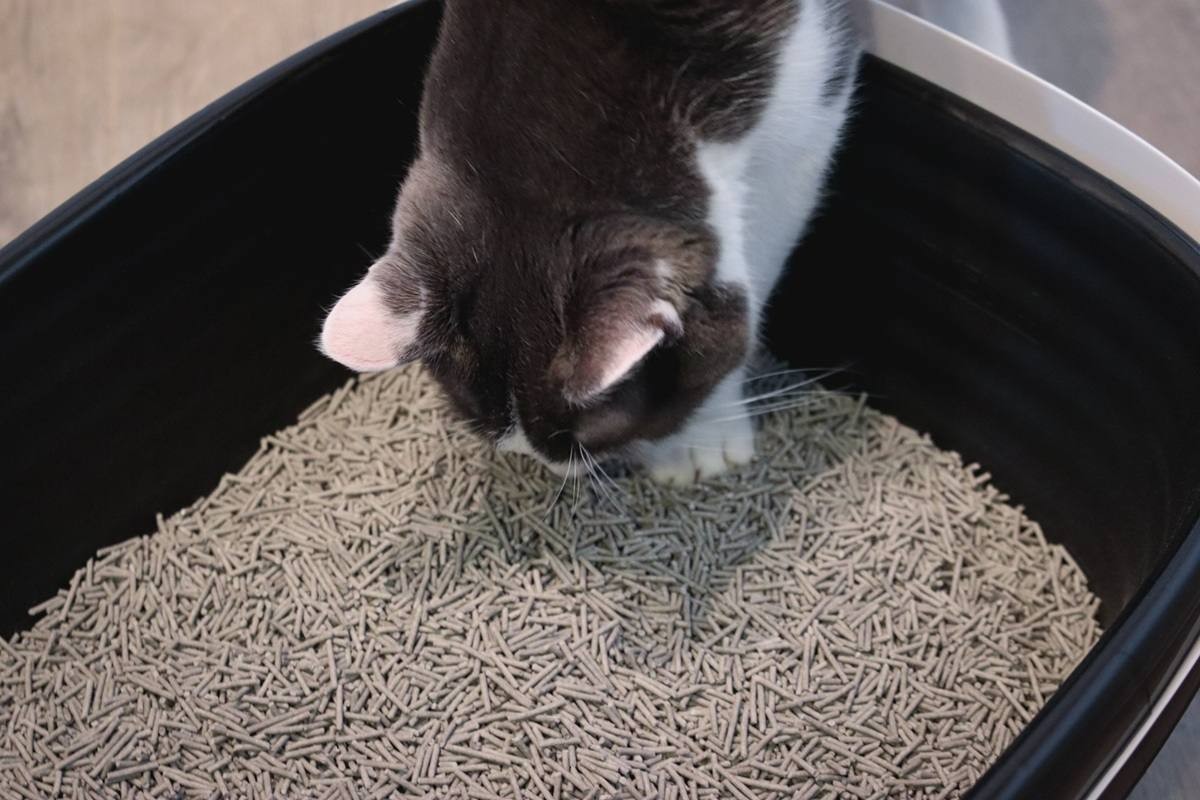Unlike puppies, who require considerable training, kittens often seem to instinctively know how to use a litter box. This inherent ability raises the question: how do cats learn this seemingly complex behavior? The answer lies in a combination of ingrained instincts inherited from their wild ancestors and a little guidance from their human companions.
Understanding the Instinctive Nature of Cats
Domestic cats share a remarkable genetic similarity with their wild counterparts, particularly the African wildcat. This shared ancestry explains the innate behaviors observed in domestic felines, including their preference for burying waste.
The Wildcat Connection: Burying for Survival
Wild cats, both large and small, bury their waste for survival. This behavior serves to mask their scent from predators and competitors, while also avoiding attracting unwanted attention to their prey. Smaller cats, in particular, bury their feces to minimize confrontation with larger, more dominant felines. This instinctual drive to bury waste translates directly to the domestic cat’s affinity for the litter box.
The Litter Box as a Surrogate for Natural Terrain
The texture of commercial cat litter often mimics that of soft dirt or sand, appealing to a cat’s natural inclination to dig and bury. The litter box, therefore, becomes a designated space that satisfies these instinctive urges. Occasionally, cats might exhibit similar behavior in potted plants with loose soil, highlighting the strength of this innate drive.
Guiding Your Cat to the Litter Box: Tips and Tricks
While instinct plays a crucial role, some cats might need a little encouragement to consistently use the litter box. Here are some helpful tips:
Recognizing the Signs
Observe your cat for telltale signs of needing to eliminate, such as scratching the floor, meowing, or seeking secluded spots. Gently place them in the litter box when these behaviors are observed. Reinforce this association by placing them in the box after meals, naps, and playtime.
Choosing the Right Litter
Opt for a litter that closely resembles sand or dirt in texture, such as finely clumping clay. Fill the box to a depth of two to three inches. You can even demonstrate the digging motion yourself to further encourage your cat.
Positive Reinforcement and a Clean Environment
Reward successful litter box use with treats and praise. Avoid punishment for accidents, as this can be counterproductive. Clean soiled areas outside the box thoroughly with enzymatic cleaners designed for pet messes to eliminate odors and discourage repeat offenses. Avoid ammonia-based cleaners, as the smell can mimic urine and confuse your cat.
Addressing Litter Box Issues: Troubleshooting Tips
If your cat is hesitant to use the litter box, consider these factors:
- Location: Ensure the litter box is placed in a quiet, accessible location away from high-traffic areas and food/water bowls.
- Privacy: Some cats prefer covered litter boxes, while others prefer open ones. Experiment to see what your cat prefers.
- Cleanliness: Cats are meticulous creatures. Scoop the litter box daily and change it regularly to maintain a clean and inviting environment.
- Medical Conditions: Sudden changes in litter box habits can indicate underlying health issues. Consult a veterinarian if you notice any concerning changes.
Conclusion: A Natural Process with a Little Help
Most cats will readily adapt to using a litter box thanks to their inherent instincts. By understanding these natural behaviors and providing a suitable environment, cat owners can facilitate a smooth and successful litter box training process. Remember to observe your cat’s preferences, maintain a clean litter box, and consult a veterinarian if any issues arise. A clean and happy cat is a testament to a harmonious relationship between instinct and nurturing.
